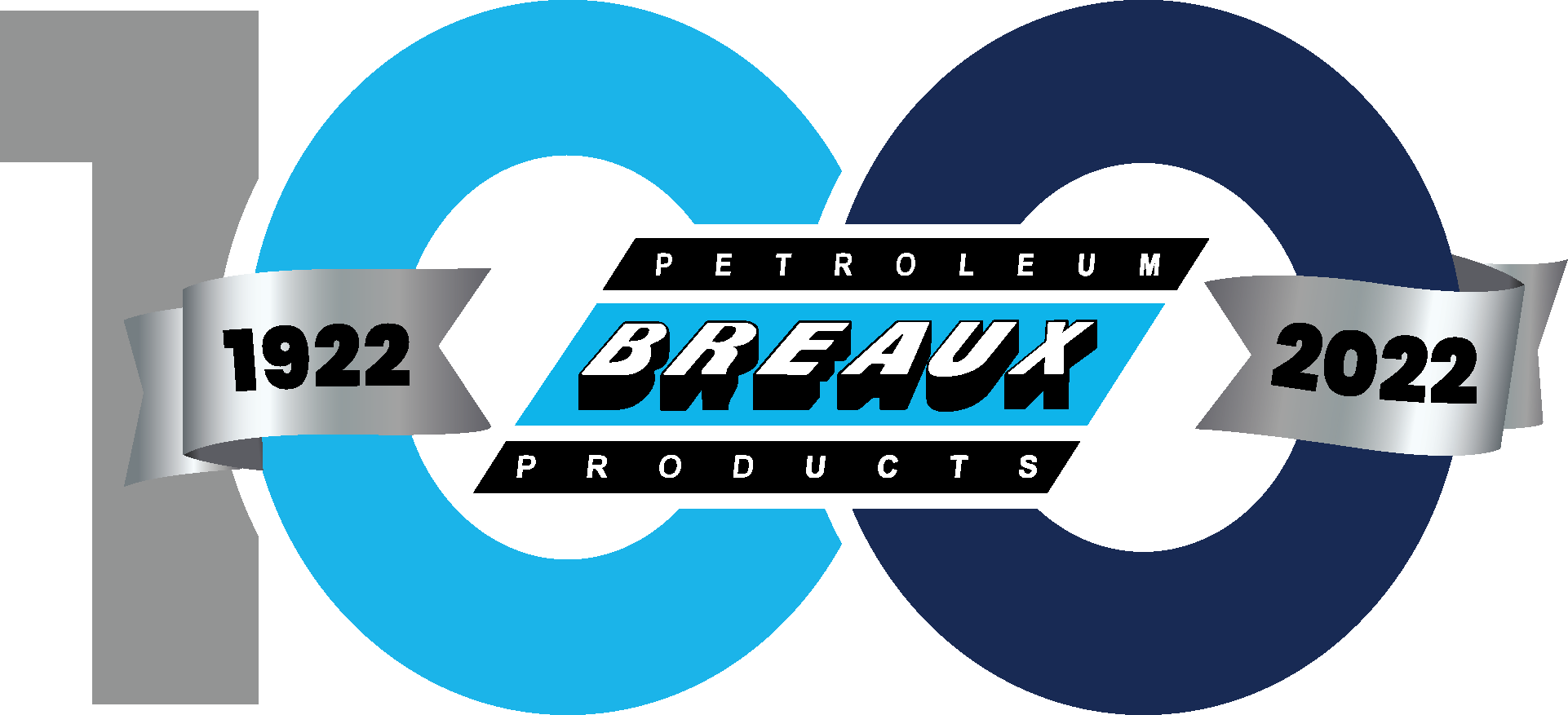5 Common Maintenance Mistakes That Cost Your Fleet Money
There are many things that you can do to optimize your maintenance practices to be more efficient and save money. Here are a few easy things that you can avoid to start saving money today.
1. BUYING THE WRONG COOLANT FILTER
Extended life coolants (ELCs) are becoming very common. In a recent survey, Power Systems Research found that nearly 80% of medium and large fleets are using ELCs. One advantage of using an ELC is that they don’t require an SCA-charged filter. However, many fleets are still buying charged filters and putting them in trucks that are running ELC. A charged filter typically costs $3-$10 more than a non-charged filter. Using the correct filter in conjunction with ELC can save your fleet money.
2. NOT GETTING TO KNOW YOUR TRANSMISSIONS
Improvements in technology have brought a new generation of transmissions: automated manual transmissions (AMTs). AMTs get the fuel efficiency of manual transmissions, while reducing the variability in fuel economy due to drivers’ behaviors. AMTs require special transmission fluids that have only recently been introduced. The Volvo I-shift, for example, uses a 75W-80 fluid with special additives. You could find a few 75W-80 transmission fluids on the market, but if you don’t use a fluid approved by Volvo you could risk damaging your transmission, or giving the manufacturer a reason to not honor a warranty claim; both of which can cause your fleet to spend money that could have been avoided.
3. PUTTING TOO MUCH GREASE ON THE FIFTH WHEEL
It’s true, you can use too much grease. Greasing the fifth wheel does not generally need to involve spreading an entire tube of grease around the surface of the fifth wheel. Instead, a moderate amount can be placed on the back half of the bracket, with a small amount on the front half, and the trailer will help spread it to entire surface of the fifth wheel when it is connected. Most of the time over-greasing just leads to spilling grease on the truck and on the road. While grease is relatively inexpensive these small amounts of grease can add up to a lot of money.
4. IDENTIFYING ISSUES TOO LATE
When it comes to maintaining your fleet, identifying issues as early as possible paves the way for cost effective remedies before they escalate into bigger, more expensive problems. This is especially true if you identify a problem with your truck after its warranty period when you have to absorb the entire cost of the repair. There are many tools that can help identify problems early. Oil condition monitoring, for example, is a proven method to identify abnormal patterns in wear metals, contaminants, and other important factors. Of course, you could always tear down your engines and look for signs of premature wear and other problems. However, that would require valuable time from your mechanics that you can’t spare. An alternative would be to use an engine scope that can look inside your trucks’ engines without having to tear them completely apart. Services like Shell LubeVideoCheck can identify issues quickly and efficiently and require only minimal preparatory work from your technicians.
5. FOCUSING ONLY ON THE DIRECT COST OF LUBRICANTS
Lubricants can be expensive, especially if you opt for synthetic lubricants. Transmission and differential fluids in particular can carry a big price tag. Moving up from conventional engine oil to synthetic could potentially cause a significant increase in procurement costs. However, the benefits of high quality synthetic lubricants not only offset added procurement costs, but they can decrease overall maintenance and fuel costs.
Source: Shell Lubricants (Download PDF)
